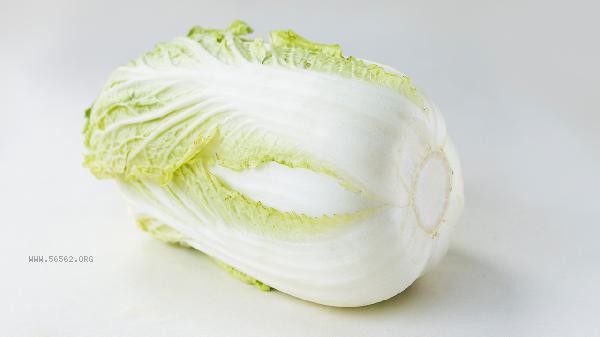Cabbage that cannot be eaten can be stored by refrigeration, pickling, air drying, cellaring, vacuum packaging, and other methods.

1. Refrigeration
After removing the outer layer of rotten leaves from fresh cabbage, wrap it with plastic wrap or put it in a fresh-keeping bag, and store it in the refrigerator compartment for about a week. Be careful not to clean the cabbage, residual moisture will accelerate decay. It is recommended to control the refrigeration temperature between 0-4 degrees Celsius and avoid storing it together with fruits that release ethylene, such as apples and bananas.
2. Marinate
Cut the cabbage into pieces, add salt, knead and dehydrate, and mix with seasonings such as chili and garlic to make spicy cabbage or kimchi. The lactic acid bacteria produced during the fermentation process can inhibit the growth of harmful bacteria, and can be stored in sealed refrigeration for several months. The pickling container needs to be disinfected at high temperature and metal utensils should be avoided to prevent corrosion.
3. Drying
In autumn and winter, cut open the cabbage longitudinally and hang it in a ventilated place to dry it in the shade, making dehydrated dried vegetables. After completely drying, put it in a breathable cloth bag and store it in a cool place. It can be stored for more than six months. Soak and rehydrate before consumption, suitable for stewing and cooking. Be careful to avoid drying on rainy days to prevent mold growth.

4. Cellar Storage
In northern regions, sand can be laid in cellars or basements, and the entire cabbage can be stacked with its roots facing downwards, maintaining a temperature of 0-5 degrees Celsius and a humidity of about 85%. Regularly inspect and remove rotten leaves, this method can keep them fresh for 2-3 months. Before storage, the outer layer of old leaves of the cabbage should be preserved as a protective layer.
5. Vacuum packaging
Drain the blanched cabbage, use a vacuum machine to remove oxygen from the packaging bag, and then freeze and store it. -It can be stored for 8-12 months at 18 degrees Celsius with minimal loss of nutrients. Suitable for storing cut vegetable shreds or leaves, and can be directly cooked after thawing.

Different storage methods can affect the taste and nutrition of cabbage. It is recommended to choose the appropriate method based on future consumption needs. For short-term consumption, priority should be given to refrigeration. For long-term storage, it is recommended to marinate or vacuum freeze. Regardless of the method used, diseased leaves must be removed before storage to avoid cross contamination. When storing in large quantities, multiple methods can be used in combination, such as partially fresh and partially pickled. Regularly check the quality during storage, and discard immediately if mold or odor appears. Reasonable storage can not only reduce waste, but also enjoy the diverse flavors of cabbage in different seasons.








Comments (0)
Leave a Comment
No comments yet
Be the first to share your thoughts!